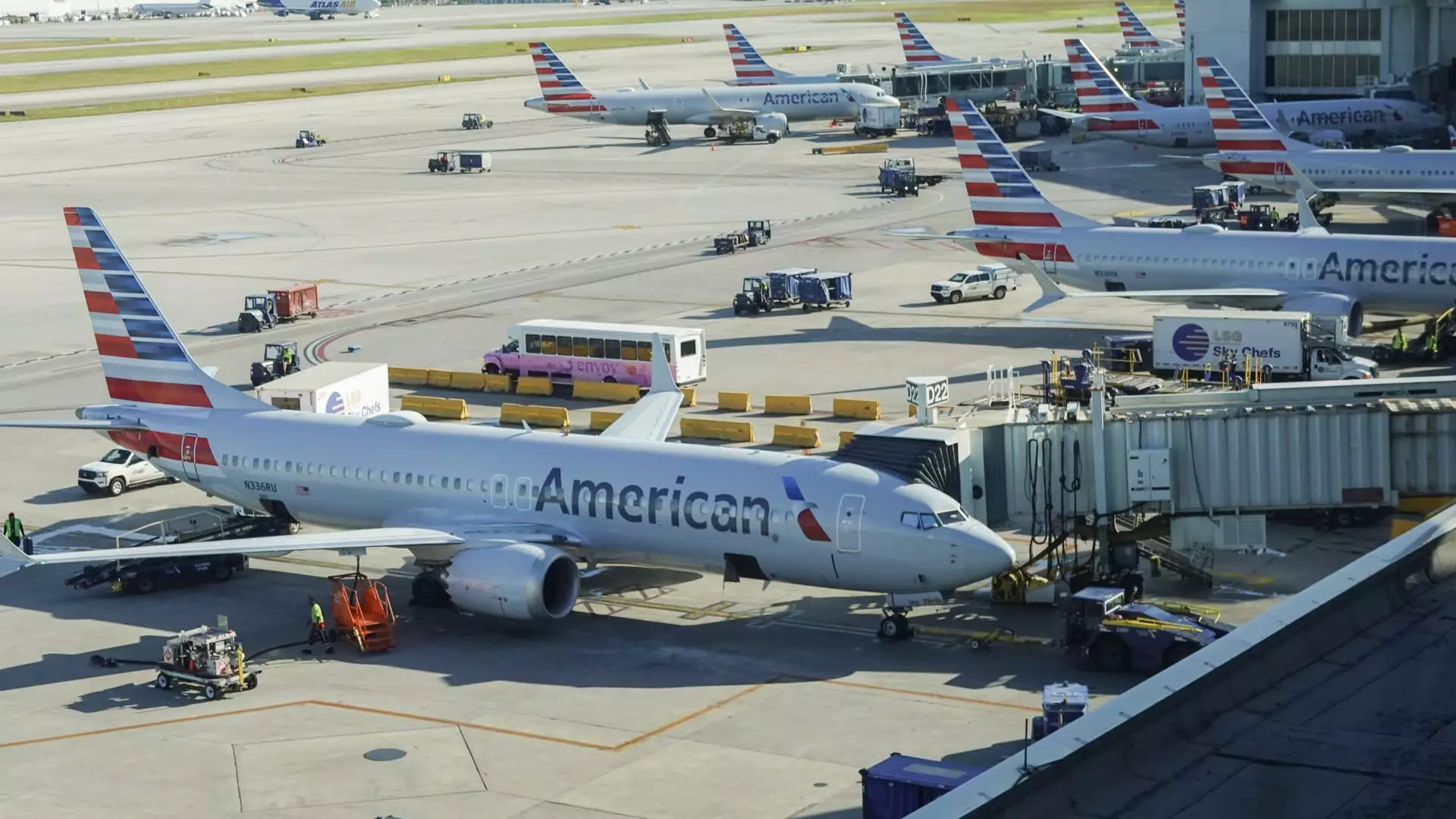On Tuesday morning, American Airlines encountered a significant operational challenge that disrupted flights across the United States. This unexpected technical glitch prompted the airline to implement a temporary ground stop, which lasted for less than one hour before being lifted at approximately 7:55 a.m. ET. As the holiday season rapidly approaches, airlines, including American Airlines, are bracing for an extraordinary surge in passenger numbers, making such disruptions particularly concerning for both the airlines and their customers.
Impact on Travelers
During this brief grounding, many airline passengers faced unexpected delays and uncertainty. Although the ground stop was resolved swiftly, the timing was critical, as many people were traveling for the holidays, anticipating the peak season’s travel demands. American Airlines promptly issued an apology to passengers affected by the disruption, assuring that measures were taken to resume normal operations as soon as possible. It’s essential for airlines to maintain transparency during such situations to foster trust and mitigate traveler frustration amid the chaos of holiday travel.
Causation of the Ground Stop
The core of the issue lay in a technical malfunction associated with a network hardware component provided by DXC Technology, a vendor responsible for maintaining the airline’s flight operating system. This system is integral for operations, as it controls vital information such as an aircraft’s weight and balance—data that is indispensable for ensuring safe departures. This incident emphasizes the vulnerabilities airlines face due to their reliance on complex technological infrastructures. The interdependence on third-party providers raises questions about contingency planning and the ability to respond swiftly to similar breakdowns in the future.
The recent incident involving American Airlines reflects a larger trend within the aviation industry regarding the reliability of critical technology platforms. Previous events, including notable disruptions suffered by Southwest Airlines during the 2022 holiday season and Delta Airlines’ struggles following a system outage this past summer, have brought heightened scrutiny to these systems. As airlines prepare for an influx of travelers during busy seasons, they must prioritize technological resilience to manage operational risks and maintain service quality.
As American Airlines resumes its operations, it remains essential for the carrier to address these systemic vulnerabilities. The growing reliance on technology necessitates increased vigilance in maintaining and upgrading these critical systems. Furthermore, airlines must enhance their communication strategies during operational disruptions to better inform passengers. In the competitive landscape of air travel, especially during peak periods, the ability to efficiently manage unexpected challenges will undoubtedly play a crucial role in retaining customer loyalty and ensuring smooth travel experiences.

